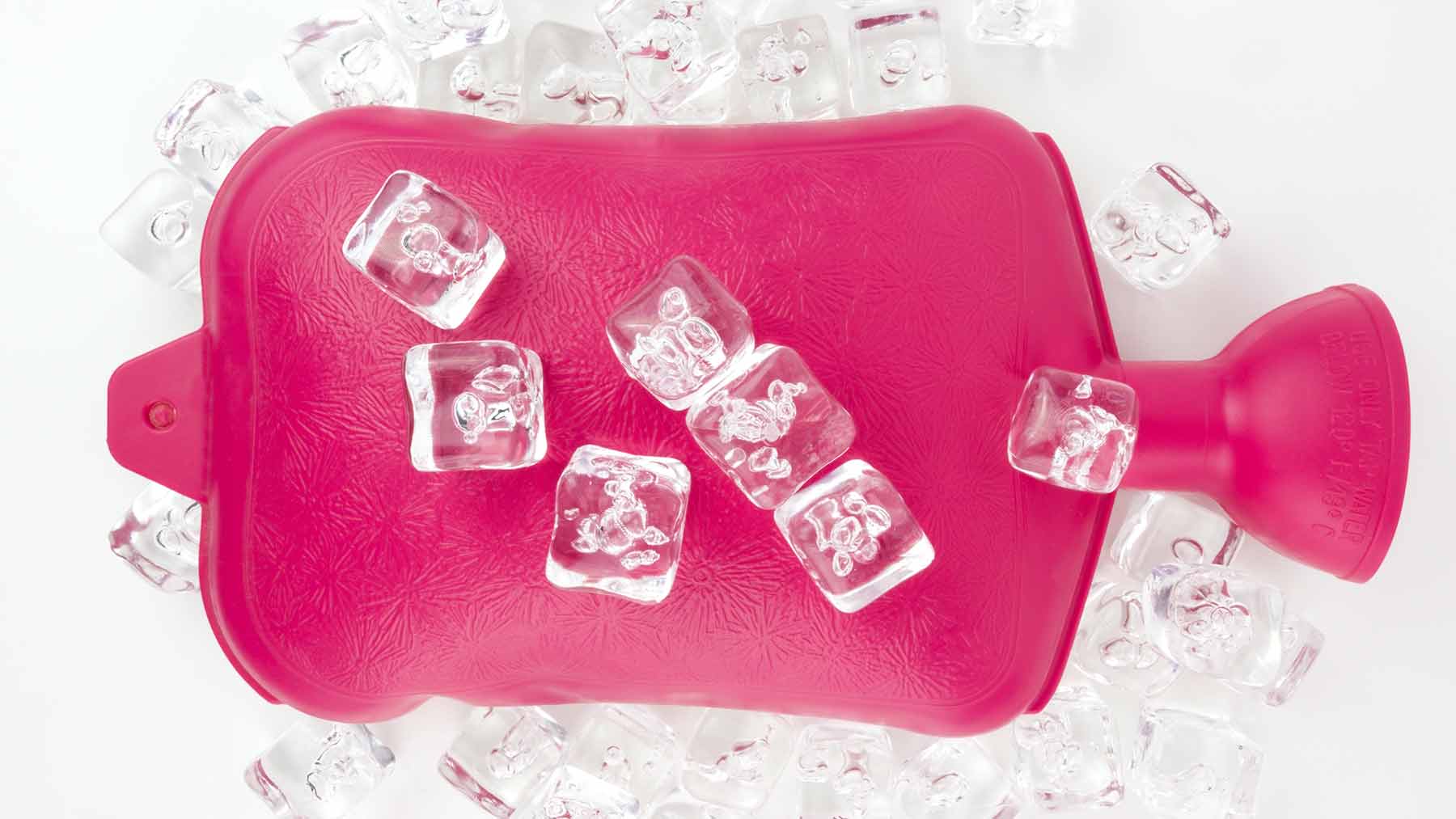Heat or ice: Which is better for pain?
 Regardless of whether you’re an elite athlete or a weekend warrior, if you’ve ever worked out you’ve likely experienced muscle soreness or an injury. Most know that common methods of dealing with soreness or an injury are the application of heat or ice – but it’s not always clear which to choose.
Regardless of whether you’re an elite athlete or a weekend warrior, if you’ve ever worked out you’ve likely experienced muscle soreness or an injury. Most know that common methods of dealing with soreness or an injury are the application of heat or ice – but it’s not always clear which to choose. Knowing when to use cold therapy and when to use heat therapy will significantly increase the effectiveness of your treatment. Here’s what you need to know about each type of treatment and when to use them.
Cold therapy
Most people instinctively reach for ice when they’re injured. Using ice or some type of cold therapy can help decrease pain when your injury first happens, but it won’t help with your body’s inflammatory and healing process.
Ice, elevation and active muscle contraction combined can help with swelling. If you’re going to use ice at all, do so in the first few days of your injury. After that, heat is better for pain relief and circulatory benefits.
There are many ways to apply cold therapy to an injury:
- Ice packs or frozen gel packs
- Cooling sprays
- Ice massage
- Ice baths
- Cryotherapy chambers
Use cold therapy for short periods of time, several times a day. Ten to 15 minutes is ideal, but no more than 20 minutes of cold therapy should be used at a time. If your injury/joint is numb from ice, you’re not going to get the pain signals your body uses to tell you something is disrupting your healing.
People who have preexisting conditions like arthritis or poor circulation should not use ice or any sort of cold therapy to treat an injury.
Heat therapy
Heat therapy works by improving circulation and blood flow to a particular area. Increasing the temperature of the injured/sore area even slightly can soothe discomfort and increase muscle flexibility. Heat therapy can also decrease pain, relax muscles, decrease muscle spasms and assist in healing damaged tissue.
There are various ways to apply heat to an injury:
- Heating pads
- Dry heating packs
- Steamed towels
- Hot baths
People with certain preexisting conditions like hypertension, heart disease, deep vein thrombosis, dermatitis, diabetes and multiple sclerosis should check with their doctor before using heat therapy.
Additionally, heat therapy should not be applied to injuries with open wounds.
Along with heat or cold, it’s equally important to use elevation, compression, pain-free active range of motion and pain-free active muscle contractions – especially if the area in question is swollen. You can also try to incorporate controlled pain-free weight bearing motion into your recovery, as strength and balance work are crucial to improving circulation and restoring your muscles. If your injury doesn’t seem to be improving, be sure to consult your doctor for additional care.




